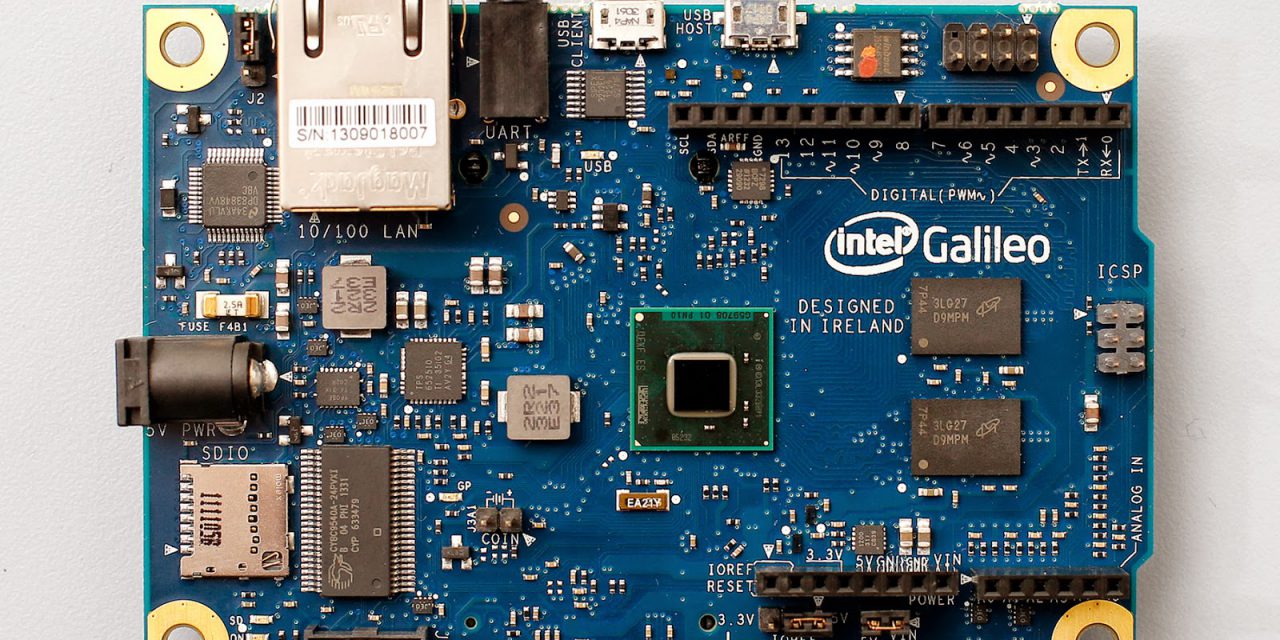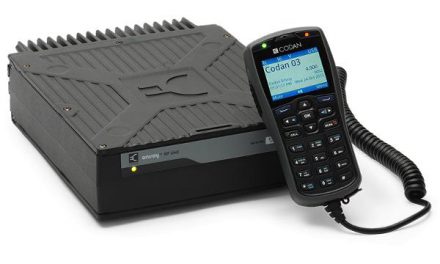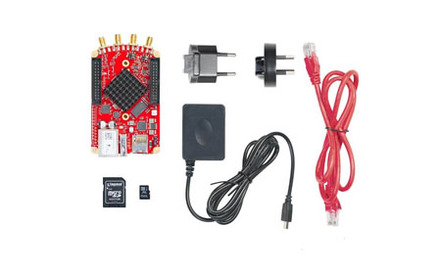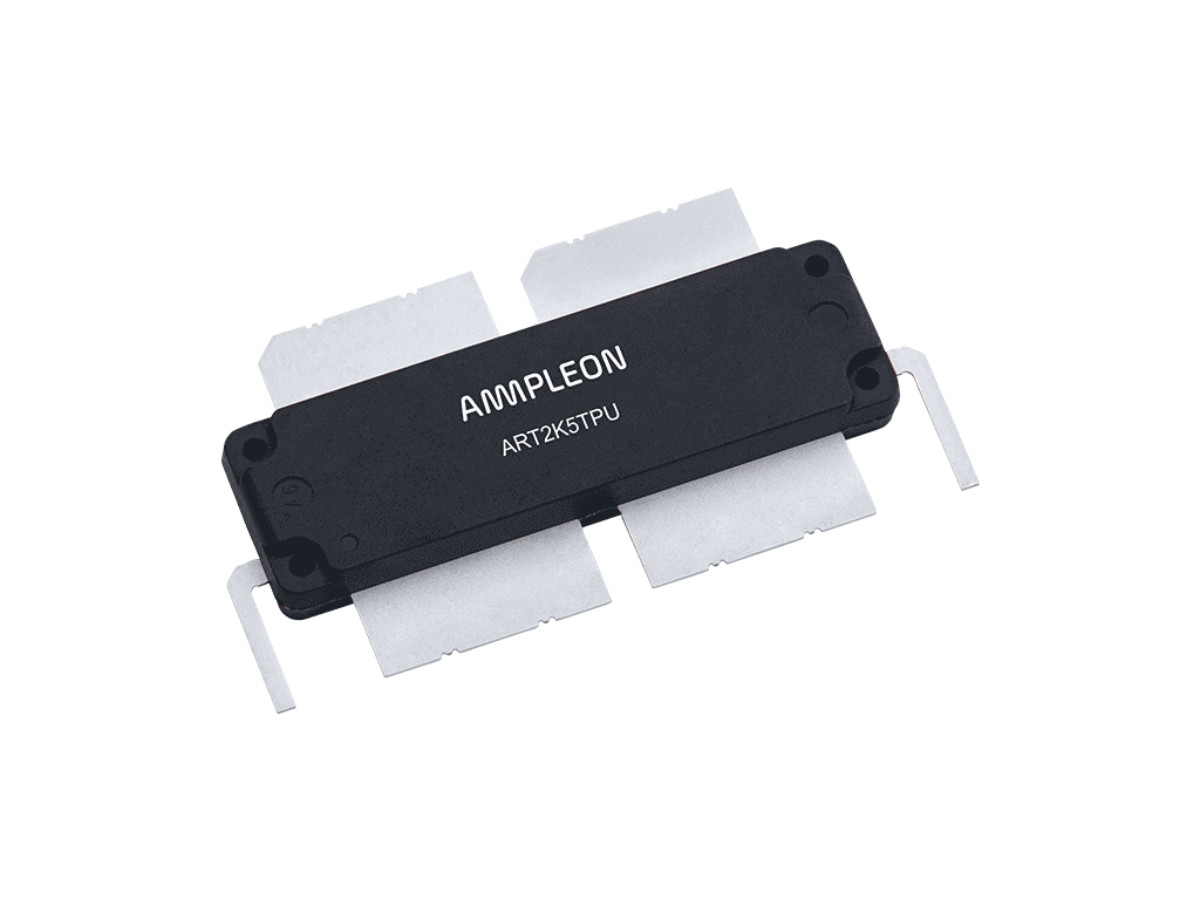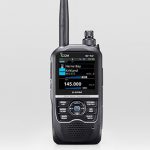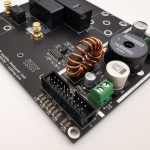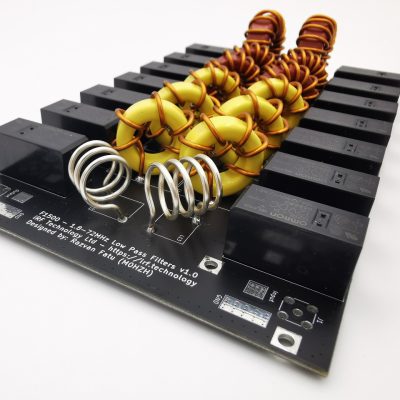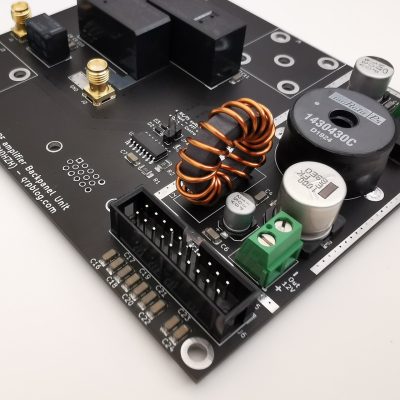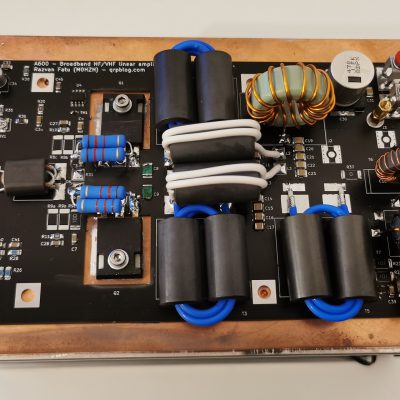Intel Galileo is the latest Arduino board; yes, you read that right, Intel and Arduino spent quality time together and later the Galileo saw the light of day. Their little baby is compatible with the Arduino software and hardware (yes, development enviroment, shields, the lot), packs seriously more punch than previous Arduino boards and comes with much more connectivity options onboard.
At the heart of this 100mm*70mm wonder is the Intel Quark X1000 SoC (System-on-a-Chip) built in the 32nm technology around a 400MHz Pentium 32-bit ISA-compatible processor with 16Kb L1 RAM and 512Kb on-die embedded SRAM; being single-thread and single-core it is rather easy to program, and it supports ACPI sleep states if you were wondering.
There is 256MB DRAM, 512KB of memory for sketch storage, 8MB of SPI NOR flash storage for firmware, you can add up to 32GB via the SD card port or virtually unlimited storage via USB 2.0.
The more exotic fatures include a 10/100Mb RJ-45 Ethernet connector, USB 2.0 host & client ports, RS-232 UART port (3.5mm jack), mini PCI-e slot with USB 2.0 host support and a 10-pin J-TAG header for debugging purposes.
While we should be aware that the Galileo is part of Intel’s strategy to keep x86 in the game on the long run (they are also donating 50 thousand of these boards to universities) and it costs significantly more than a regular Arduino and even a Raspberry Pi – ( Mouser has it listed at 53 EUR ), it is basically a complete PC from 15 years ago packed into a tiny board with extended experimentation capabilities. It looks like it’s meant to take on the Raspberry Pi, and with Arduino’s huge community backing it will probably do well. I will definetely get one, just because I already own an older Arduino and I’m familiar with the programming enviroment. It will hit the stores on 29th of November, by the way.
Taking advantage of this much-aclaimed launch, Arduino is almost-silently sliding is an even more powerful board – the Arduino TRE, a board that hosts both a 16Mhz Atmel ATmega32u4 and a 1GHz Texas Instruments Sitara AM335x based on ARM Cortex-A8 architecture. Seeing it has 512MB RAM and a HDMI full-HD output, it will probably bite off another chunk of Raspberry Pi marketshare, when it will launch in the spring of 2014.
Update: the boad actually includes an 8-channel 12-bit 1Msps ADC that works up to 30MHz – the AD7298 from Analog Devices, wich is intended as a industrial control and monitoring ADC with precision temperature sensor. Fortunately, it has enough power to be used as the front end in a direct sampling HF SDR reciever, with the 400Mhz processor of the Galileo doing the software work.Yes, 12-bit will offer a mediocre dynamic range but with a variable gain external RF amplifier this could be somewhat solved, and a DAC for transmission can be added as well.

